As with my previous post, I wanted to take a moment to focus on some coming changes to vSAN 7 (something I work with on an almost daily basis). Now, most of you are probably aware of vSAN and hopefully a good amount of you are using it for some of your workloads. VMware has announced today it plans to bring some enhancements to bolster the offering and cement this as a product to handle the workloads of the future.
Integrated File Services
One of the early features of vSAN was to support an iSCSI connection to VMs or non-ESXi hosts, most of this being used for workloads that still needed a block based storage device. Well now, VMware is implementing File Services into the mix. Now, before you throw away your NAS device, this is just NFS support (Sorry CIFS users, you’ll have to wait until next time). This support allows vSAN to be better suited for cloud native workloads and those that need a file based persistent volume to be shared with VMs.
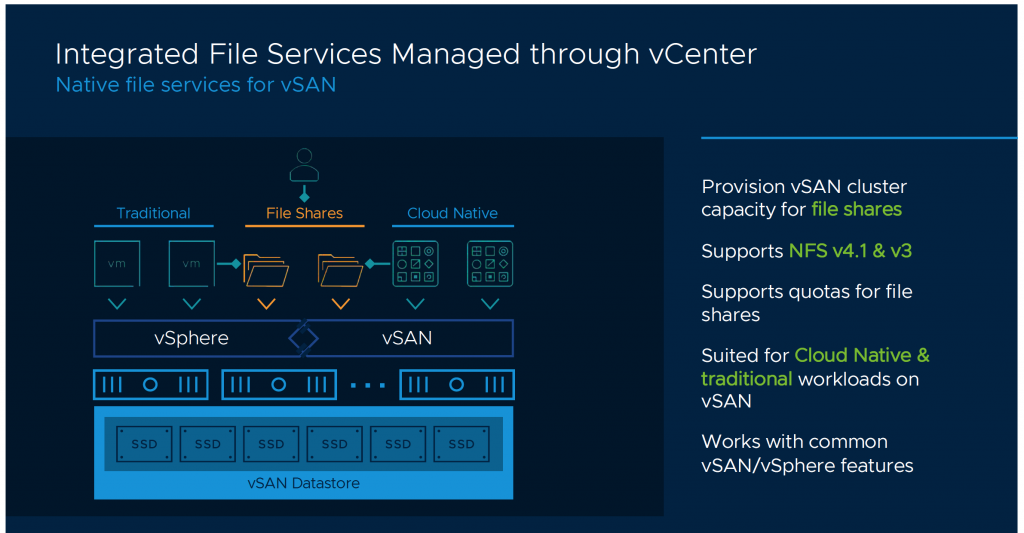
2-node and stretched clusters
Stretched clusters are gaining popularity as an alternative way to do active-active sites and disaster recovery with a low RTO. A couple of key enhancements are coming that will definitely help. First, there is going to be some enhancements with DRS in the event of a failover and recovery. If the primary site comes back online, DRS won’t move the VM back until the resync is done, thus keeping the strain down on the ISL line having to try and pull data from the other side. Second, the “replace witness” command will start immediately repairing things. Third, and probably the most interesting feature. In the event that you run out of space in the secondary site, the system will allow the VM to keep running on the primary (with an alert) and will resync once space is added.
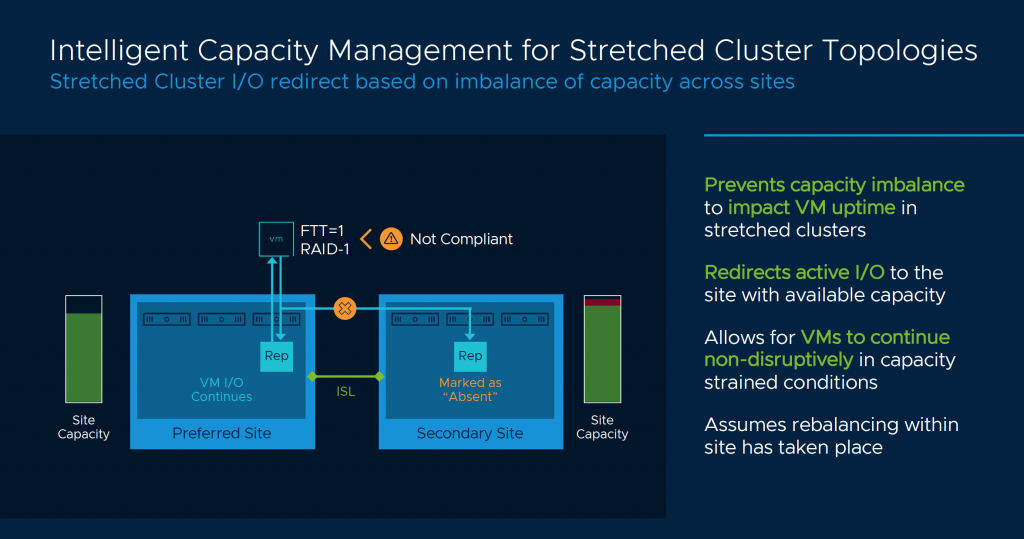
Management
VMware has also gone ahead and improved the reporting and management features of vSAN. VM capacity reporting is now consistent across both the UI as well as APIs. This will also take into account things like thin provisioning, swap and namespace objects as well. You can also easily view how much memory consumption is being taken by VSAN (especially important for those of you with low memory hosts). It is also easy to see objects created by vSphere Replication.
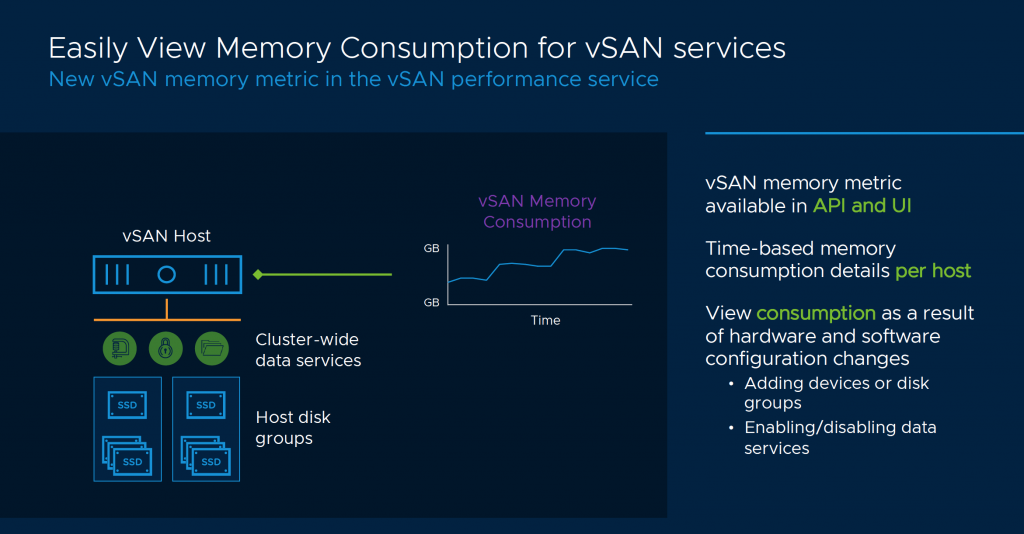
Hardware and Usage Enhancements
Lastly, let’s take a moment here to talk about some speeds/feeds related enhancements. vSAN now supports 32TB drives (if ever one would exist in a cost effective version), but this also increases the max storage to 1PB in logical capacity. One of the biggest new enhancements that is coming with vSAN 7 and vSphere 7 is that NVMe gains hot plug support. What this means is it’s no longer a requirement to shut down the host to replace an NVMe drive (something I’ve been waiting over a year for since we starting going mainstream with NVMe drives in VxRail).
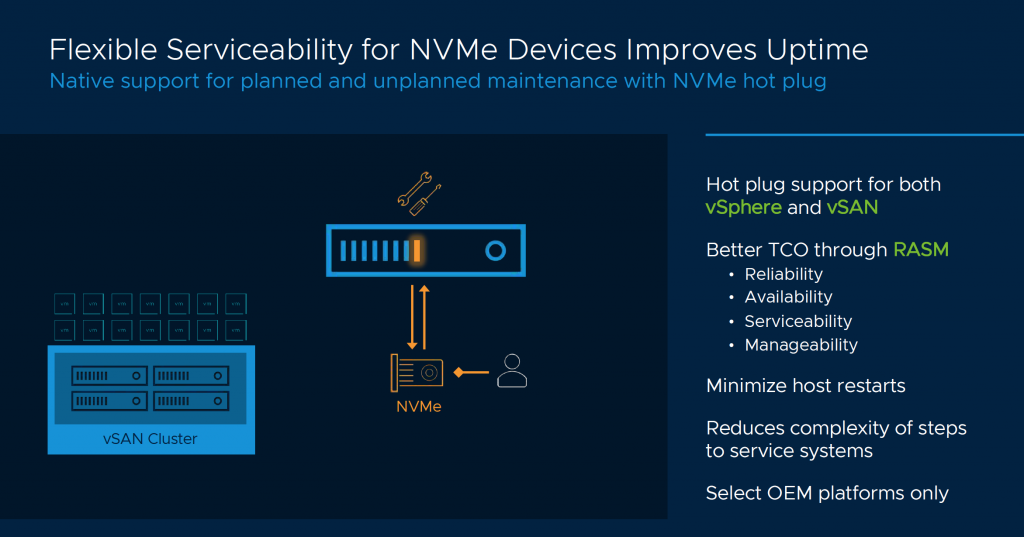
The last big change is actually for a very specific workload. Those that are sharing a disk between VMs (Oracle RAC) no longer have to have that disk thick provisioned. One thing that wasn’t shared with me, but may come up later is about the cache size. In vSAN 6, the cache size is limited to 600GB (even if the disk is larger). I’ve heard nothing on if this changes, but will update this post if it does at launch.





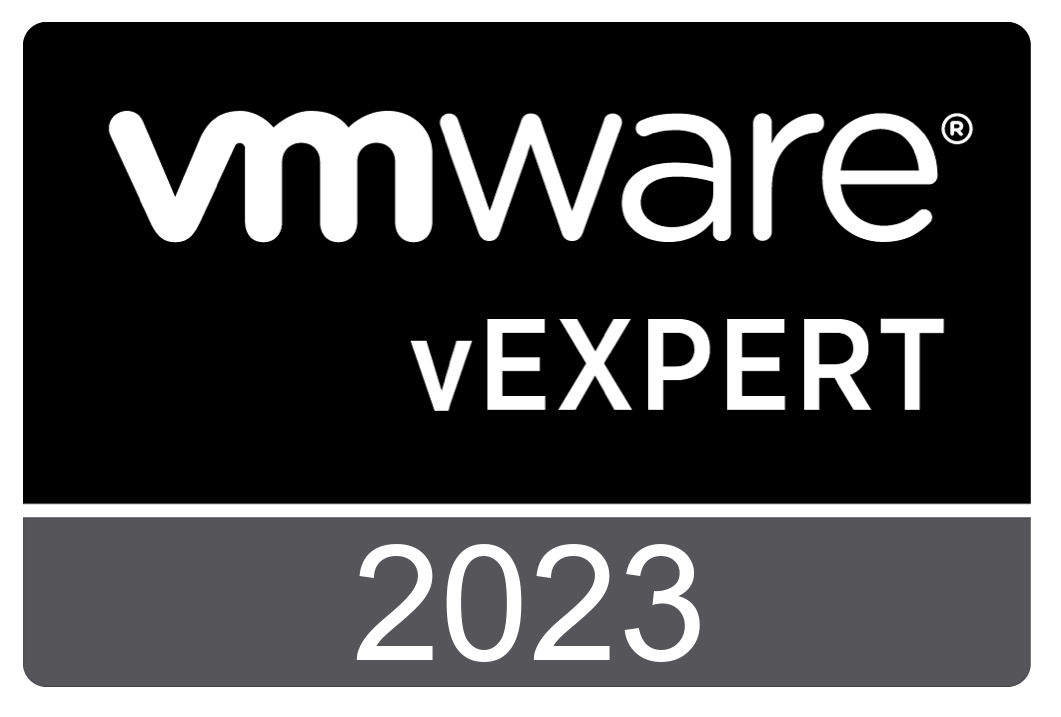
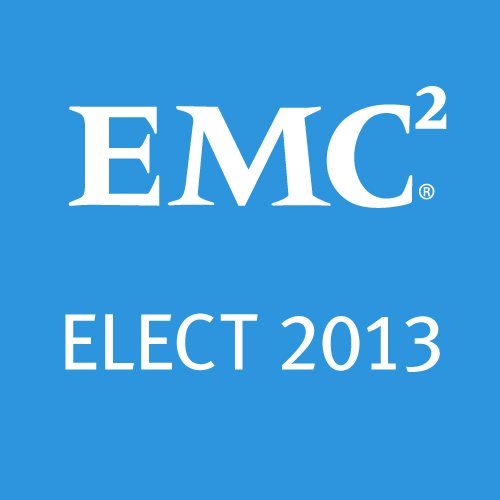
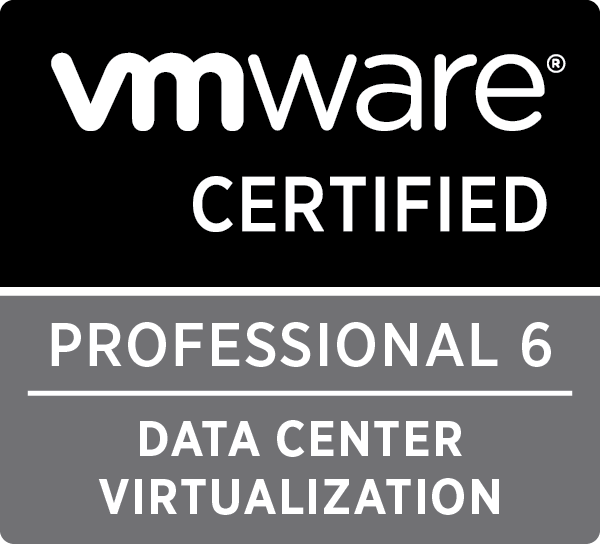


 Twitter
Twitter LinkedIn
LinkedIn RSS
RSS Youtube
Youtube Picasa
Picasa Email
Email
